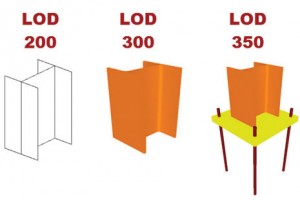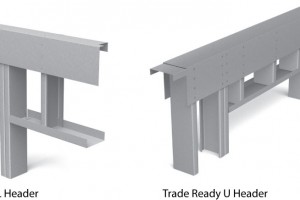Poorly defined structural engineering contract scopes rob engineers of time, profit, and – most importantly – the personal satisfaction of their profession. Building Information Modeling (BIM) can improve this challenge if addressed proactively, or compound the difficulties if ignored. …
Review Category : InSights
The consensus standard Minimum Design Loads for Buildings and Other Structures (ASCE 7) is developed and maintained by the Structural Engineering Institute (SEI) of the American Society of Civil Engineers (ASCE). One of 28 standards currently in development by SEI, ASCE 7 is the most widely used; although the process is similar for all SEI standards, ASCE 7 is unique in many ways. …
As structural engineers, we typically don’t pay much attention to insulation issues. But modern energy codes are getting much stricter regarding the thermal integrity of the exterior building enclosure. You are likely seeing architects adding insulation in places that they didn’t worry about before, such as between slabs and foundation walls, and on the outside of the exterior sheathing on steel stud walls. …
Fatigue specifications for the design of new, and evaluation of existing, highway bridges are provided by AASHTO in the LRFD Bridge Design Specifications (LRFD) and the Manual for Bridge Evaluation (MBE), respectively. Recently published NCHRP Report 721 Fatigue Evaluation of Steel Bridges contains the latest developments in fatigue evaluation of existing bridges.
Steel fatigue refers to localized damages caused by cyclic stresses of nominal magnitudes well below the static yield strength of the steel. Fatigue damage on steel bridges has been categorized as either load-induced or distortion-induced. Load-induced fatigue is due to the primary in-plane stresses in the steel plates that comprise bridge member cross-sections. …
Historical use of Power-Actuated Fasteners (PAFs)
Power-actuated fasteners, also called power-driven fasteners, DX/GX fastening systems or shot pins, have been used for decades and are routinely used on today’s construction projects in a wide variety of applications. …
Risks Associated with the Alternatives
The information contained in this article is derived from an internal committee at Degenkolb Engineers. The author wishes to acknowledge the work of that committee and thank them for their efforts summarized here. …
UFC 4-010-01, DoD Minimum Antiterrorism Standards for Buildings, dated February 2012, outlines 21 standards that govern site planning and the design of structural, architectural, electrical and mechanical systems for Low and Very Low Levels of Protection. The current document was developed as an update to a previous version originally issued in October 2003 and modified by Change 1, in January 2007. Though some of the revisions were incremental and provided additional clarification to existing standards, others were significant and represent a major change in approach. Implementation of the updated criteria is likely to result in levels of hardening or analysis that vary from those required by earlier editions. …




